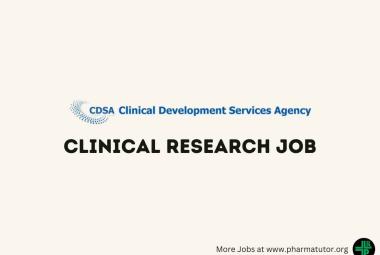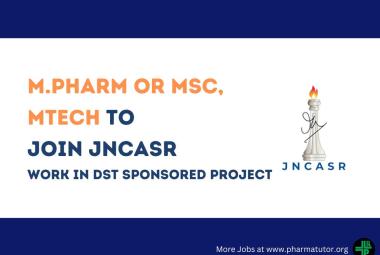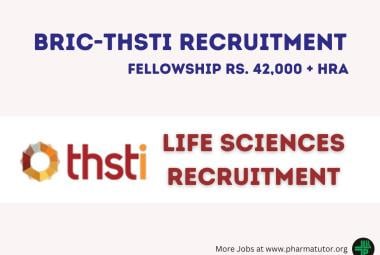Stomach Specific Mucoadhesive-A Review
About Authors:
Shalini Sharma, Manoj Prashar
Manav Bharti University,
Solan
ABSTRACT
Stomach specific mucoadhesive drug delivery system(MADDS) is one of the most prominent and latest system which sustain drug blood concentration and controlling the rate of drug delivery to the target tissue. These systems interact with mucin molecule and mucous layer covering the mucosal epithelial surface and prolong the residence time of the dosage form at the site of application or absorption and thus contribute to improve or better therapeutic performance of drug. This review article also present the polymer used for preparation of mucoadhesive tablet, mechanism of mucoadhesion, factor affecting mucoadhesion and recent developments or techniques in formulation of mucoadhesive tablet and invitro and invivo evaluation of mucoadhesive tablets.


 About Authors:
About Authors: About Authors:
About Authors: About Authors:
About Authors: About Authors:
About Authors: About Authors:
About Authors: About Authors:
About Authors:







.png)


